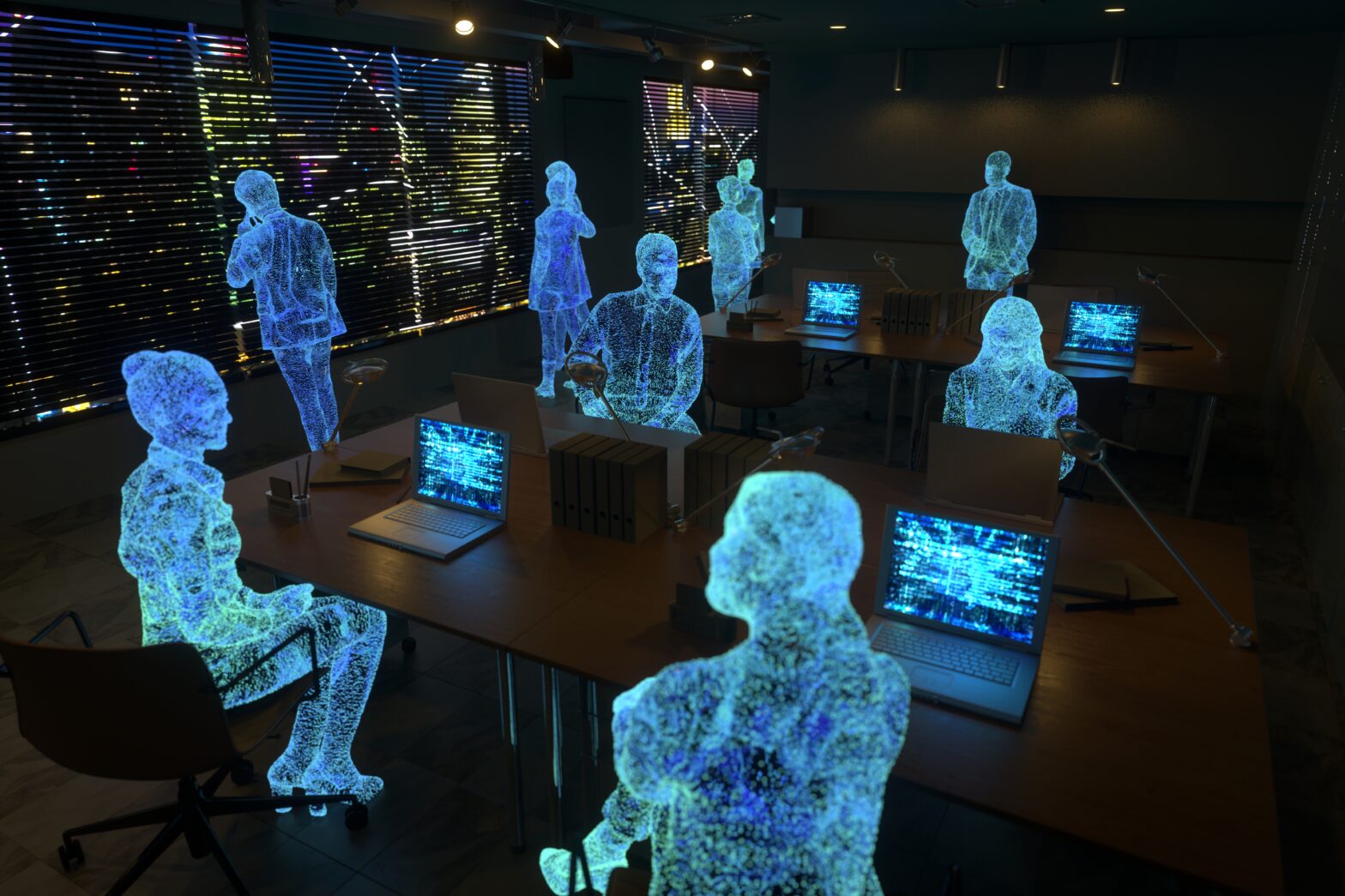From delivering packages to increasing safety in high-risk professions such as mining, the consumer and industrial potential for drones is enormous and drawing ever-closer to reality.
However, the rise of drones has also caused an increase in regulations as regulatory bodies grapple with how best to ensure they are piloted safely without hampering innovation, a problem that some organisations are aiming to solve with the help of augmented reality.
The market value of the drone industry has increased massively and is projected to grow even more. Revenue from drone sales is forecast to top £9.6 billion by 2021 – a rise of £3.2 billion since 2015. This growth can in large part be attributed to the high-risk, high-reward industries that drones are increasingly being used in, such as manufacturing and mining as well as remote operations such as wind farms, oil and gas rigs, and crop fields.
>See also: How augmented reality is transforming e-commerce
While safety is a core benefit, the savings achieved are also a major advantage for industrial drone use. PwC reports that a standard wind turbine inspection costing around £1,200 per tower could cost around 50% less if carried out by a drone.
Drones are also helping to reduce risk in the event of natural disasters, providing emergency service workers with more intelligence whilst keeping them out of harm’s way.
In the case of forest fires, for example, drones can monitor wind direction and relay accurate image data from within an area where smoke and heat would prevent a human piloted aircraft from entering.
In fact, emergency services in Ireland and Denmark have already begun to adopt this technology, training first responders to use them for rescue and civil protection missions.
The early adaption of drones in this sphere will not only help first response units make quicker and better-informed decisions, but will also come at a significantly lower cost than traditional aerial methods, as well as being safer.
As drones move from a niche hobby to what will soon be an integral part of many industry operations, regulatory bodies are playing catch-up in terms of the protocols applied to drone use.
The UN’s International Civil Aviation Organisation (ICAO) is currently developing global standards for the use of this new technology; and the European Parliament is setting the agenda for potential future European-wide regulation.
In this increasingly regulated sector, augmented reality becomes vital. Rules around flying drones are becoming less focused on when and where drones are operated, and far more about the pilot’s visibility of the drone and how drones can be piloted in the safest way possible.
This is where visual line of sight comes in; the theory that a drone pilot should keep their drone within their visual sight at all times. Of course, with drones being used more and more in high-risk areas, achieving this is proving more difficult.
Drone pilots are increasingly relying on augmented reality smart glasses to effectively keep sight of and control their drones. With a view to developing cutting-edge technology, Epson and drone manufacturer DJI have collaborated on a pair of smart glasses with advanced head tracking sensors that enable the drone pilot to visualise a 360-degree canvas, while keeping track of the device and maintaining line of sight.
>See also: Augmented reality vs. virtual reality: what does the future look like?
This is an important factor in terms of regulations and piloting experience, because it helps the pilot to concentrate on the task at hand and make quick, smart decisions. They don’t have to continuously look down towards their hand-held control, or convert complex 2D images and readings into 3D, 360-degree situations.
Augmented reality will further enhance the drone piloting experience, as well as make flying and filming safer. As more and more aerial robots take to the skies, the technology provides valuable data and insight that is being used to mitigate risk, improve efficiency in industry operations, and help develop further opportunities.
As the use of drones becomes more commonplace and regulatory bodies aim to make flying safer, a change in how drones are operated is required. With the help of augmented reality, advancements in drone technologies can continue to develop better outcomes.
Sourced from Valerie Riffaud‐Cangelosi, new market development manager, Epson Europe










